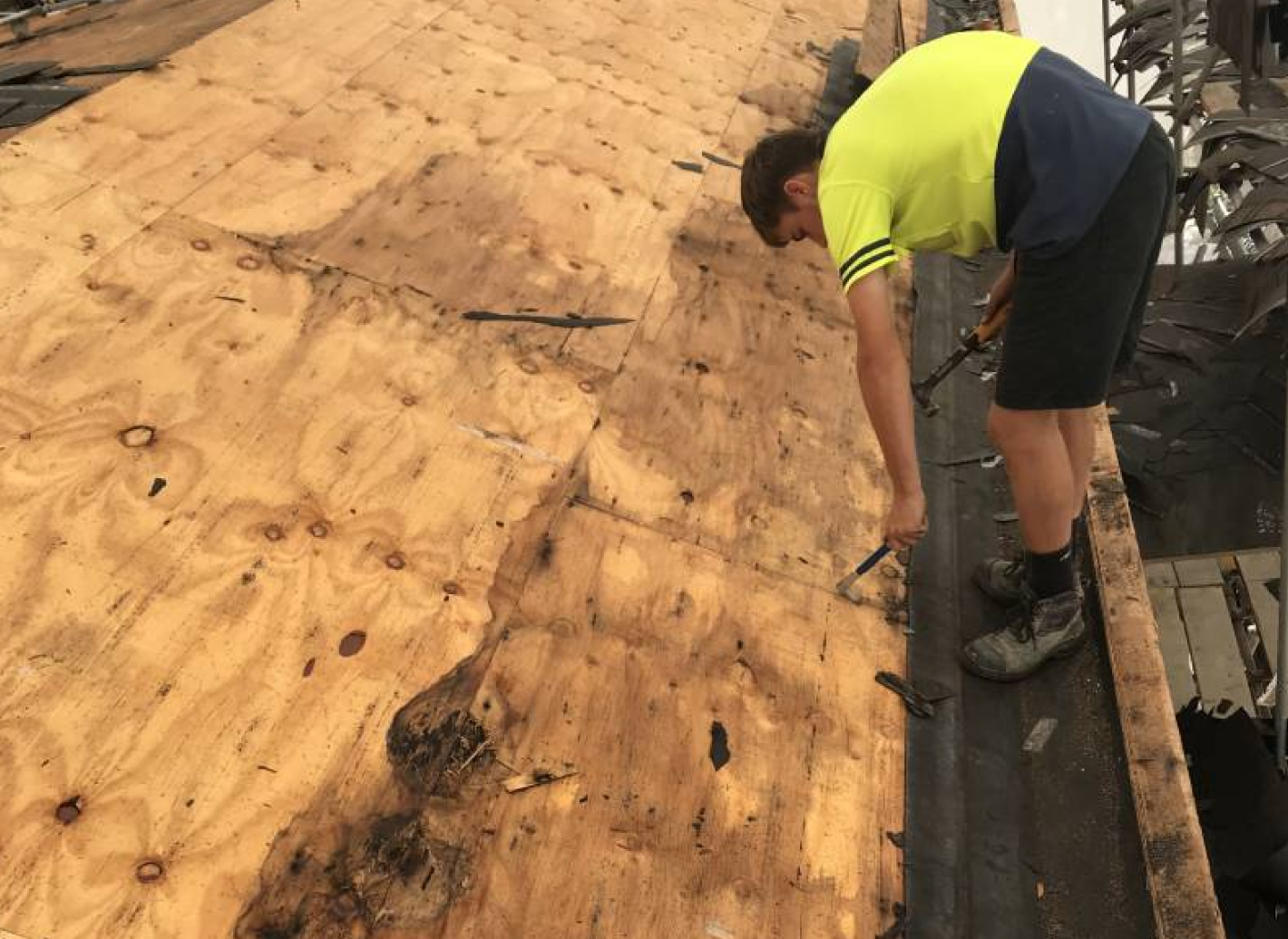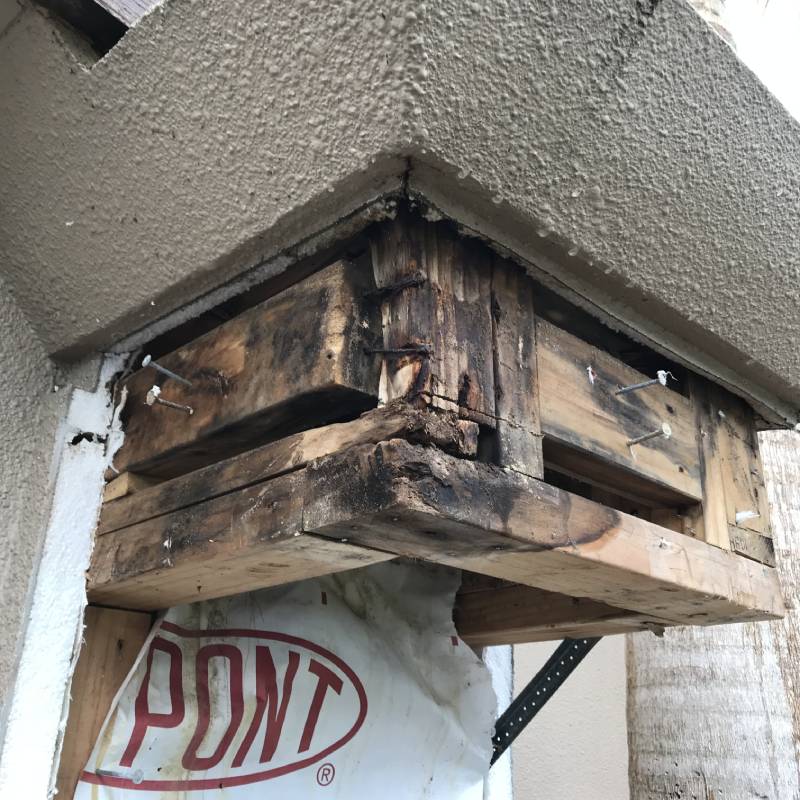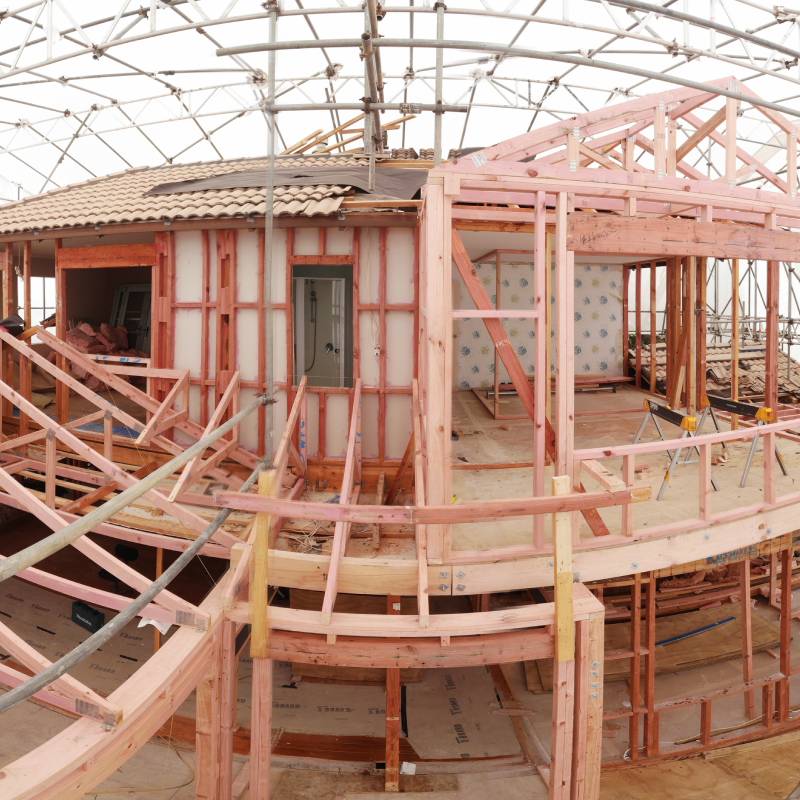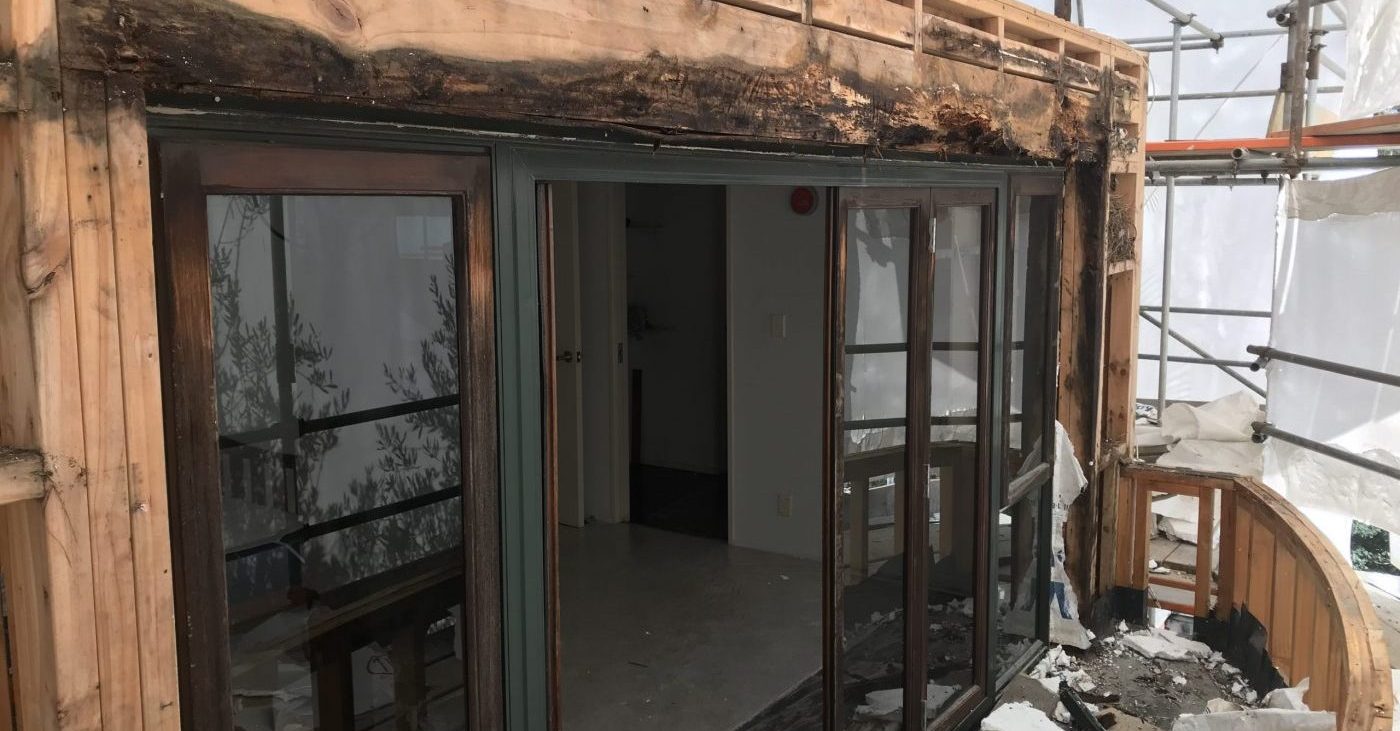Its impact is one that continues to ripple throughout the country, with over 42,000 homes falling victim to its effect. Because of this, it is completely reasonable that many Kiwi home-owners fear that their home may be affected by the crisis, and the continued concerns over the matter are not without merit. The stigma surrounding having a leaky home can severely decrease the value of your property, and the idea of many New Zealanders’ nest-egg depreciating so dramatically is an understandably stressful burden.
Because of the relatively large time span surrounding these homes being built, you may wish to know if your home is at risk of being a leaky home. Contact us to help you determine how at risk your home is. Time is a valuable asset when it comes to dealing with a potential leaky home – the quicker you can get ahead of it, the least amount of damage it can do. This is not only in terms of financial damage but also in regards to the health and safety concerns of residing in a leaky home.
So if you are worried about your home, here are some of the factors that can lead to owning a leaky home.
What is the history of your home?
The vast majority of homes affected by the leaky home crisis were built between 1994 and 2004. The 1991 Building Act (which came into effect in 1993) brought upon a self-regulated regime that took hold of the building industry and opened the door to sub-par quality checks in new home builds. During this time, many short cuts were taken during the building process, resulting in numerous construction faults.
If your home was constructed during this time, there is a risk that it could be a leaky home. To further assess the situation, it is important to identify the design features of this era of housing that were more susceptible to becoming a leaky home. You can also contact us to discuss leaky homes remediation.

Home Design Factors that can Lead to a Leaky Home
The nail in the coffin that further drove the severity of the leaky home crisis was the trend in house design at the time. If your house is from the above time period and is designed in a Mediterranean style, it has a high potential to already be a leaky home, or develop the issues associated with a leaky home.
Mediterranean-style homes have a few design features that should be easy enough for you to identify. Your home may have one or more of these features:
-
Ground Clearance – Is the ground outside of your house higher than the floor inside? In addition to this, there needs to be enough clearance between the cladding of the wall and the ground itself. Is there enough of a slope away from the edge of the building? The clearance to solid ground such as concrete or asphalt needs to be 150mm, while soil requires 225mm.
-
Plaster Exterior Cladding – Plaster is more susceptible to cracking and allowing moisture inside the walls if not constructed correctly. This is especially true if the waterproofing membrane has not been correctly implemented. This often happens at the joinery, so check these areas for hairline cracks.
-
Complex Roofs – Flat roofs with little to no eaves, as well as the inclusion of features such as skylights, contribute heavily to the home being susceptible to being a leaky home.
-
Decks –Decks above living areas with insufficient drainage systems are known to be problematic. Similar to ground clearance, there needs to be enough clearance between decks and the homes’ cladding.
-
Handrails, Balustrades and Pergolas – Handrails, balustrades, and pergolas that are directly fixed into the cladding can potentially allow moisture into your home. Balustrades with insufficient slopes exacerbate this problem.
-
Window flashings – Flashings are the waterproof seals around the window that prevent water from draining into your walls. A lack of these is common on round or more complex windows.
-
Penetrations – Any pipes, electrical, or features that penetrate through the home’s cladding have the potential to let moisture into the walls.
The factors listed above are just some of the features that have proven to be problematic in the leaky home era of houses. Use this as a checklist to begin to figure out if your home is at risk. All these features result in moisture getting into the walls of the house, creating a damp home and causing the timber frame to decay over time.

Additional Signs you might have a Leaky Home
There are visual clues that your home may have leaky home symptoms. It should be noted that many of these are also associated with homes with poor ventilation, so it is important to determine whether this is also a potential problem.
Some things to look out for that can be a telltale sign that your home has been afflicted by the leaky home crisis:
-
Corroding Screws and Nails – Fixings inside your home, such as screws, nails or, carpet staples rusting is a sign that there is excess moisture inside your home. This is indicative of a potential leak.
-
Warped floors and Surfaces – The deterioration of timber piles can cause floors to become uneven. Untreated timber becoming wet and swelling is a major contributor to the leaky home crisis.
-
Mould and Fungi Growth – While this is also attributed to poor ventilation in your home, it can also be a sign that moisture is getting into your home from an external source. This can be evident in discoloured or stained walls and surfaces.
-
Musty Smells –The smell of mould or mildew is very distinctive and can be a sign that water is seeping into your house. It should be noted that the presence of a smell is not necessary for mould or mildew to be forming.
-
Swollen Materials – This may be swollen or bulging materials such as skirtings or architraves.
-
Stained or rotting carpet – Rotting, stained or damp carpet can be a result of rain making its way into the interior of your home. Check to see whether your carpet fixings, such as nails or staples, are rusty too.
-
Large cracks appearing – Cracks found on exterior walls, cladding, or internal gib board can be a sign that your home’s weathertightness is compromised.
These are some of the signs that you may have a leaky home. It’s worth remembering that these symptoms may appear only after a home has been leaking for a long period – proactively checking your home prior to these symptoms may save your home from the potentially preventable damage.

What are my rights as a leaky homeowner?
The Weathertight Homes Financial Assistance Package is now written into New Zealand law. This allows leaky homeowners access to assistance from the Ministry of Business, Innovation & Employment (MBIE). There are two options available:
- The New Financial Assistance Package
- Dispute Resolution through the Weathertight Homes Tribunal
If you fit the eligibility requirements, it is your decision which package suits you best. The New Financial Assistance Package grants you 25% of approved repair costs from the government, in addition to 25% of approved repair costs from participating local councils.
To find out if you are eligible for one of these packages, your best bet is to head to the MBIE website for additional information or give them a call on 0800 116 926.
If you suspect that you may own a leaky home, it’s time to put your worries to rest. Being as proactive as possible may allow you to prevent the problem from spreading. Acting fast is your best means of mitigating the devastating effects the leaky home crisis has had on many New Zealanders’ lives. Let Renovation Work’s 25+ years of experience help you form a plan of attack to tackle the problem head-on. Worst case scenario, you have the best in the industry helping you navigate through the process of fixing your leaky home, and the best case scenario is we provide you the peace of mind that you don’t have to worry about the health of your home. Either way, your best bet is to get in contact with Renovation Works today and book your free home assessment.


